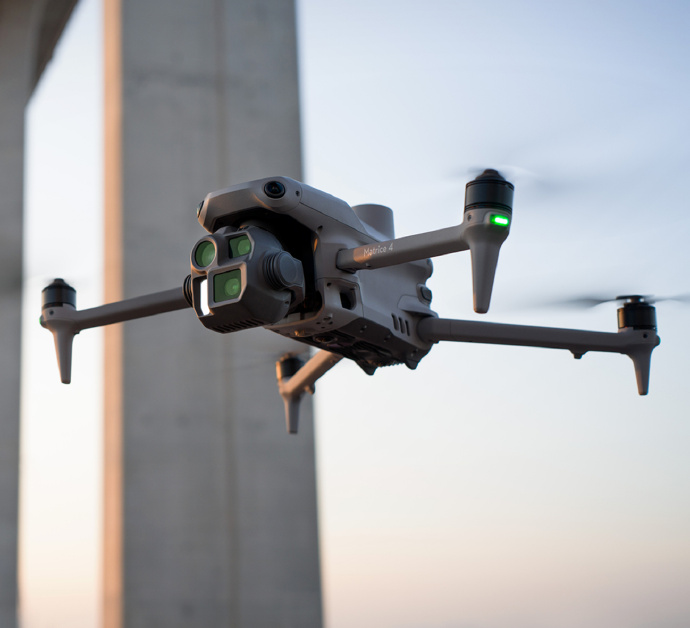The integration of DJI drones with infrared cameras is revolutionizing how we perceive and interact with our surroundings. As these advanced technologies merge, they open up a new realm of possibilities for aerial surveillance, environmental monitoring, and search-and-rescue operations. With the capability to capture heat signatures invisible to the naked eye, DJI’s infrared camera technology provides users with a powerful tool for both professional and recreational purposes.
Navigating Complex Terrains
Drone technology’s inherent advantage lies in its ability to navigate effortlessly over varied terrains and obstacles. When equipped with infrared cameras, DJI drones become indispensable allies in disaster-stricken areas. These drones can quickly cover large areas, providing vital thermal imagery that can assist rescuers in locating individuals trapped under debris or hidden from view.
Enhancing Wildlife Research
Infrared-equipped drones offer new insights into wildlife conservation efforts. By leveraging thermal imaging, researchers can observe animals in their natural habitats without disturbing them. This non-intrusive monitoring is crucial for studying species with nocturnal habits or those residing in dense foliage, where conventional methods fall short.
Environmental Monitoring and Agriculture
The use of DJI drones in agriculture is a prime example of technology’s transformative impact. Infrared cameras help farmers monitor crop health by identifying areas suffering from drought or disease, optimizing water usage, and improving yield efficiency. Environmental scientists also benefit from this technology by tracking changes in vegetation and land temperature, contributing valuable data for climate change studies.
Industrial Inspections
Industries are harnessing the power of DJI’s infrared camera drones for structural inspections. From power lines to wind turbines, drones can access hard-to-reach locations and provide thermal imaging that highlights potential defects or malfunctions. This capability significantly reduces the time and cost associated with traditional inspection methods.
Adapting to Varied Applications
The versatility of DJI drones with infrared capabilities extends beyond traditional uses. Law enforcement agencies utilize them for surveillance and crowd monitoring, while meteorologists employ drones for weather analysis and forecasting.
Reliability and Accuracy
One of the key attributes of DJI’s infrared cameras is their reliability and accuracy. These devices are designed to function in diverse weather conditions, ensuring consistent performance and data collection. The combination of DJI’s robust drone technology with precise infrared imaging makes it an invaluable asset across various sectors.
FAQs on Infrared Drones
What is the primary benefit of using infrared cameras on drones? Infrared cameras can detect thermal variations, providing essential data for activities like rescue operations, wildlife monitoring, and agricultural assessments.
How does thermal imaging improve search and rescue missions? Thermal imaging allows rescuers to detect heat signatures, aiding in the swift location of individuals trapped or lost in environments where visibility is compromised.
Can infrared drones be used at night? Yes, infrared cameras are particularly useful at night as they can identify heat signatures regardless of light conditions, making them ideal for nocturnal applications.
Yes, infrared cameras are particularly useful at night as they can identify heat signatures regardless of light conditions, making them ideal for nocturnal applications.